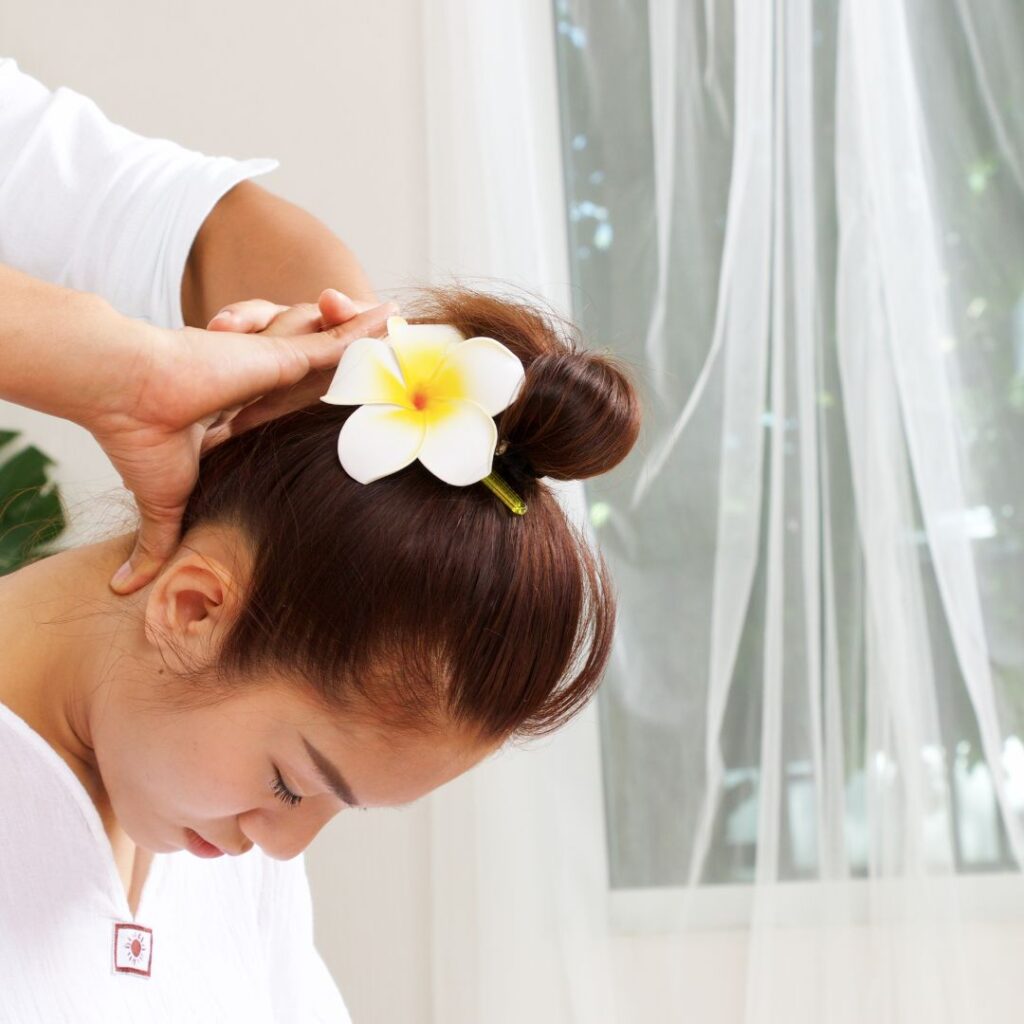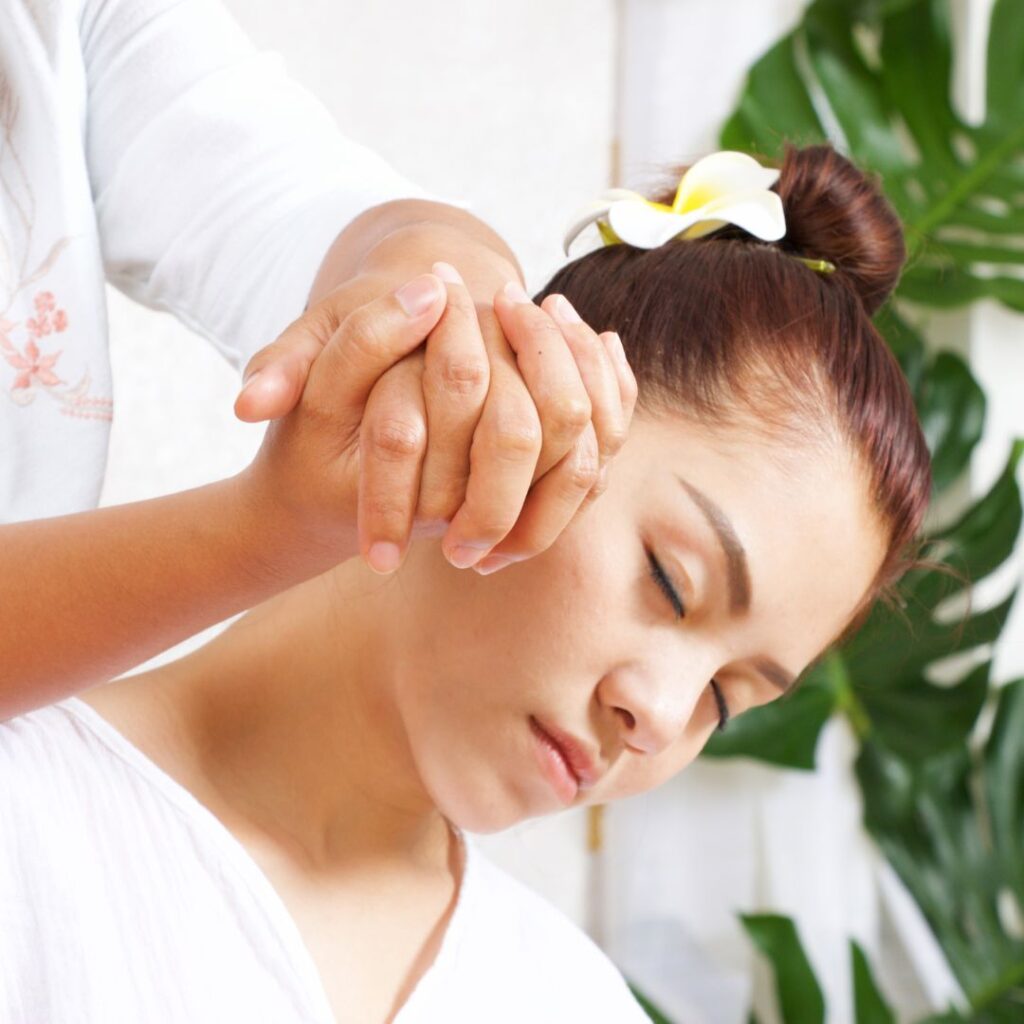Thai massage, also known as Nuad Thai, is a traditional healing art that has been practiced for centuries in Thailand. It combines acupressure, assisted stretching, and energy line theory to improve health and well-being. Despite its ancient origins, modern science has begun to uncover the physiological mechanisms that make Thai massage so effective. In this article, we explore the science behind the techniques used in Thai massage and how they contribute to both physical and mental healing.
The Role of Pressure Points and Energy Lines
One of the fundamental concepts of Thai massage is the use of pressure points along the body’s energy lines, known as the “Sen lines.” These lines are thought to correspond to the body’s meridians, pathways through which energy flows. According to Thai massage theory, when energy becomes blocked or imbalanced, it can lead to pain, illness, or emotional distress. By applying pressure to specific points along these lines, Thai massage helps to restore balance, promote health, and allow energy to flow freely.
From a scientific perspective, applying pressure to certain points on the body can stimulate the nervous system and improve blood circulation. Research has shown that stimulating pressure points can release endorphins, the body’s natural painkillers, and promote the release of oxytocin, a hormone associated with relaxation and bonding. This helps reduce stress, improve mood, and alleviate pain, making Thai massage an effective treatment for a wide range of physical and emotional conditions.

Stretching and Flexibility
Another hallmark of Thai massage is its use of assisted stretches, which are akin to yoga poses. These stretches help to increase flexibility, improve joint mobility, and promote muscle relaxation. From a scientific standpoint, stretching works by elongating muscle fibers and connective tissue, improving their elasticity and reducing tension.
Research on stretching techniques shows that regular stretching can improve muscle function, enhance posture, and reduce the risk of injury. Thai massage’s dynamic stretching also has benefits for the nervous system. It stimulates the proprioceptors (sensory receptors in the muscles and joints) that help the brain sense body position and movement. This improves body awareness and coordination, making Thai massage a valuable tool for those looking to enhance their physical performance or recover from injury.
Circulation and Lymphatic Drainage
The rhythmic movements of Thai massage are designed to improve blood circulation and lymphatic drainage. The application of pressure, combined with the stretching and compression of muscles, encourages blood flow to the tissues, delivering oxygen and nutrients while helping to remove waste products. Improved circulation can help reduce swelling, decrease muscle soreness, and accelerate healing.
Similarly, Thai massage stimulates the lymphatic system, which plays a critical role in the body’s immune function. The lymphatic system helps remove toxins, excess fluids, and waste from the tissues. By promoting lymph flow, Thai massage can help boost the immune system, reduce inflammation, and detoxify the body.
The Psychological Benefits
Thai massage doesn’t just affect the body—it also has significant psychological benefits. The deep relaxation induced by the pressure and stretching techniques has been shown to reduce levels of the stress hormone cortisol. As cortisol levels decrease, the body enters a state of relaxation, which can reduce anxiety and promote mental clarity.
In addition, the physical contact involved in Thai massage, combined with the soothing effects of deep breathing and stretching, can enhance feelings of comfort and well-being. The release of oxytocin and endorphins during the massage creates a sense of happiness, calmness, and emotional stability. These psychological benefits make Thai massage an excellent choice for those looking to relieve stress, improve mood, or simply feel rejuvenated.

Final Thoughts
Thai massage combines ancient wisdom with modern scientific understanding. The techniques used in Thai massage—pressure, stretching, and energy balancing—are rooted in principles that have been validated by contemporary research on the nervous, circulatory, and lymphatic systems. By restoring balance to both the body and mind, Thai massage offers a holistic approach to healing that is both scientifically supported and spiritually enriching.
At Nuad Thai School, we teach these scientifically backed techniques to our students, ensuring they understand the benefits and mechanisms behind Thai massage. Whether you are looking to deepen your practice or become a licensed therapist, learning the science behind the art can enhance your ability to provide therapeutic benefits to your clients.

